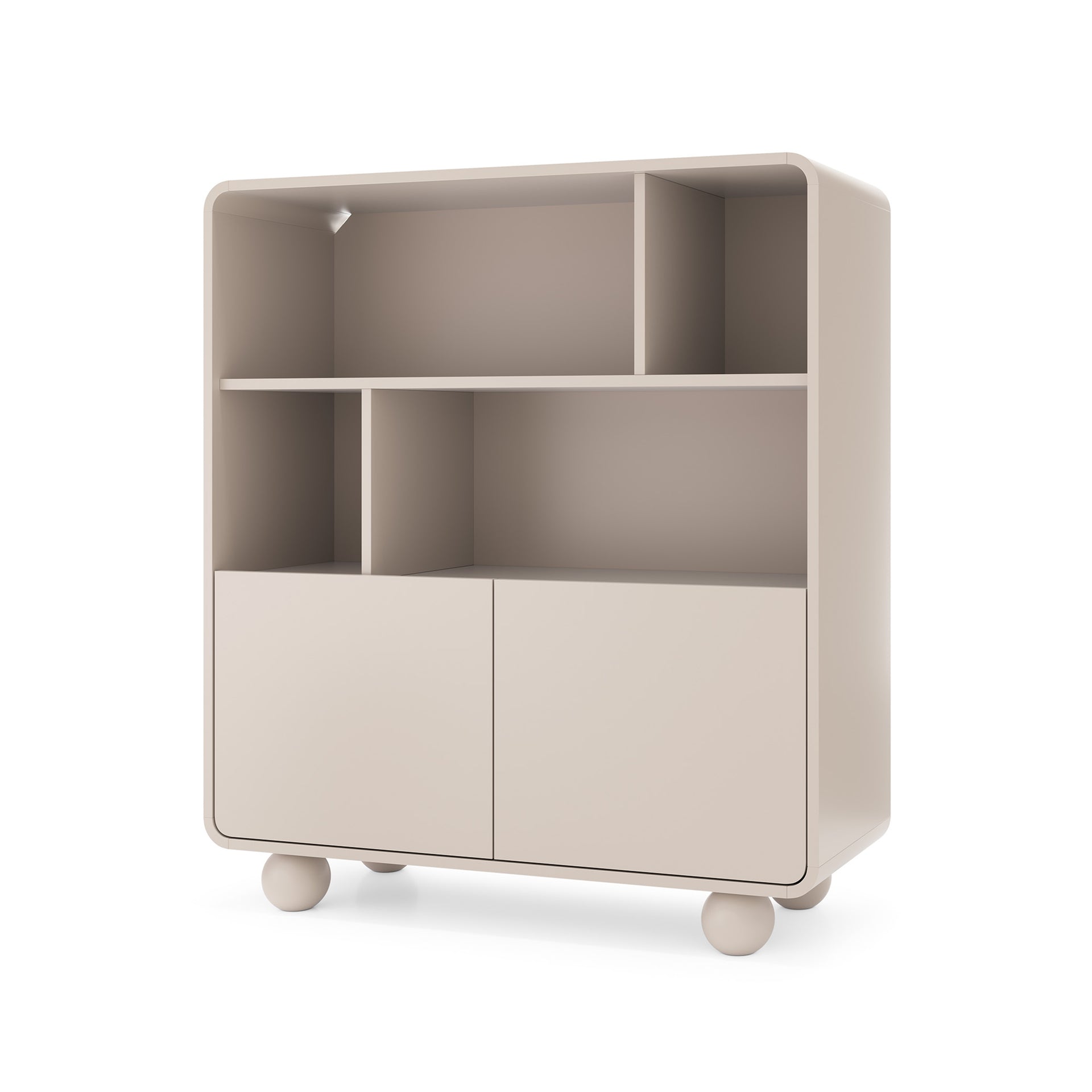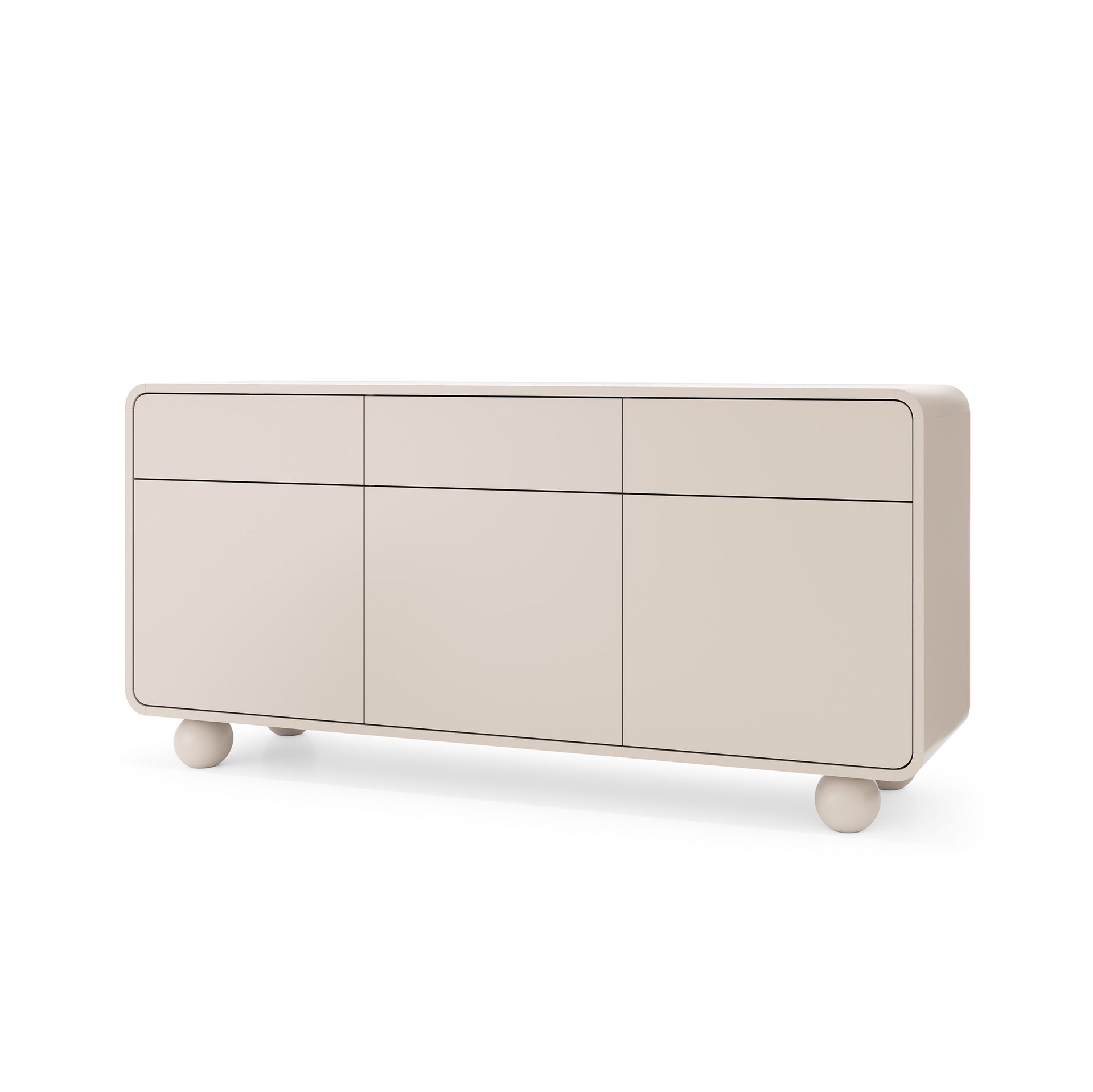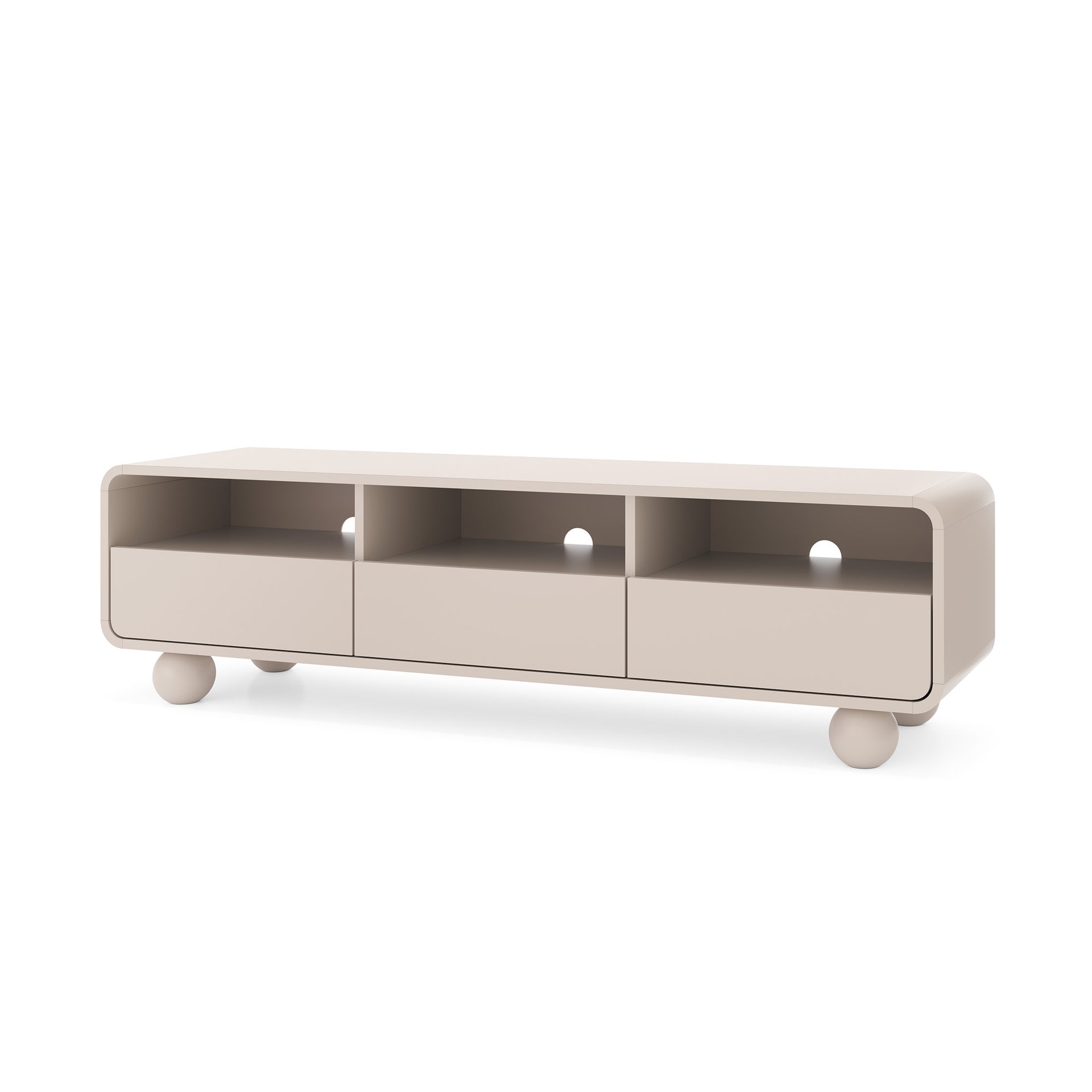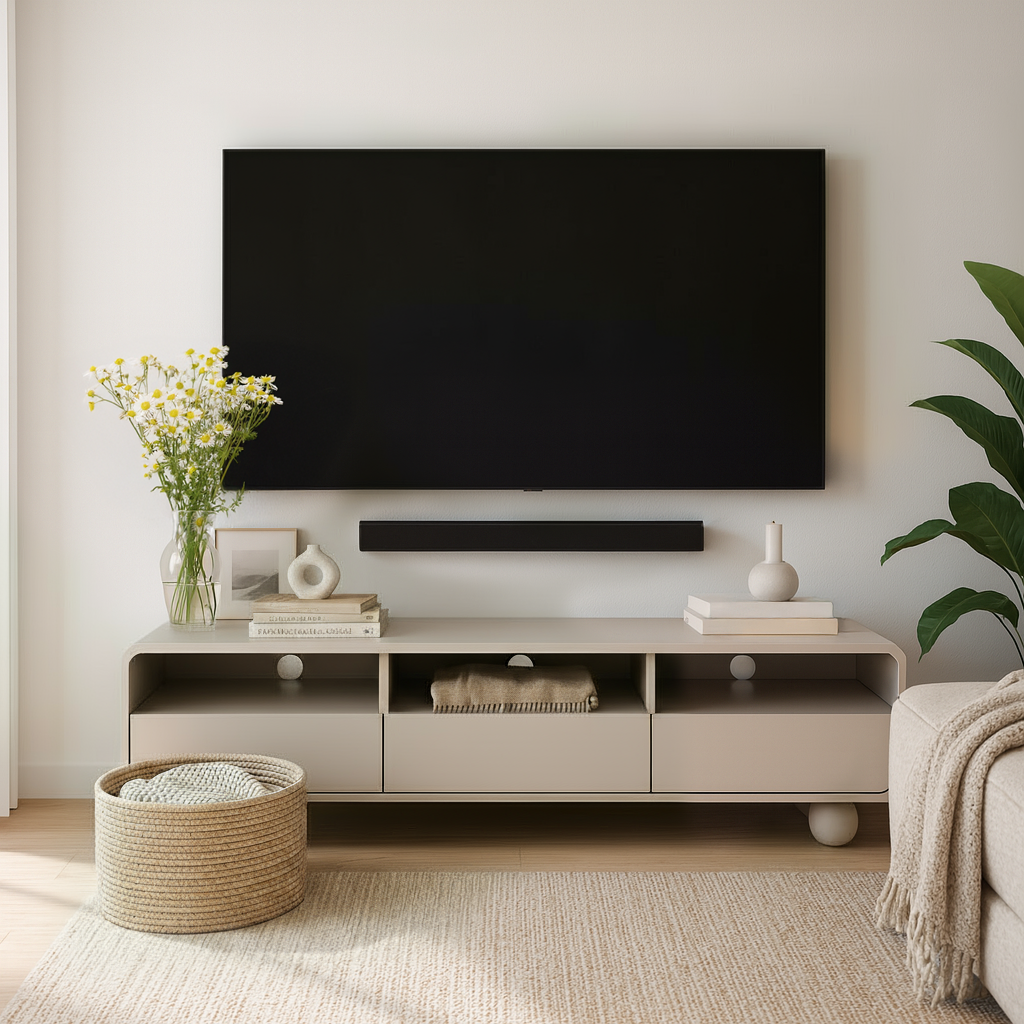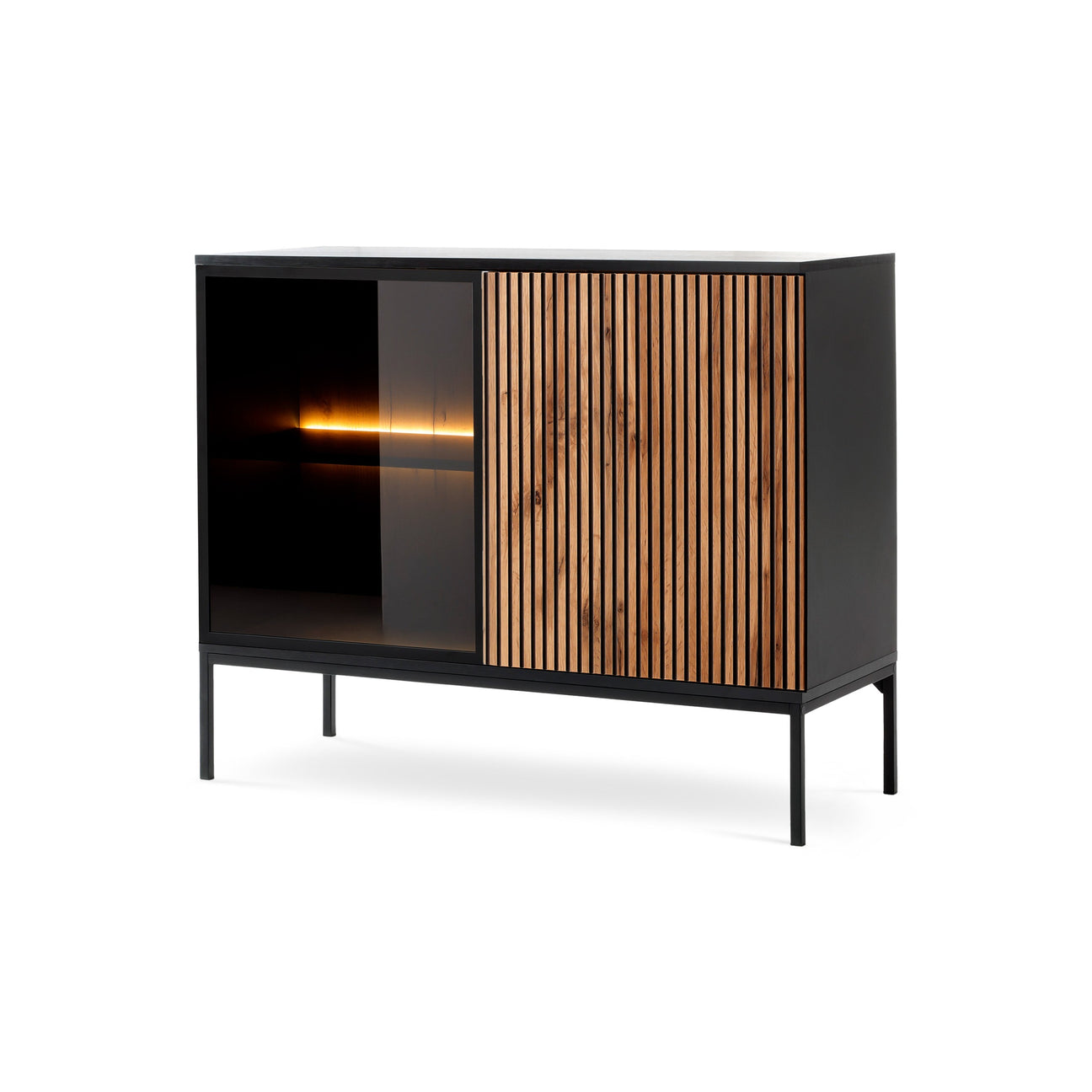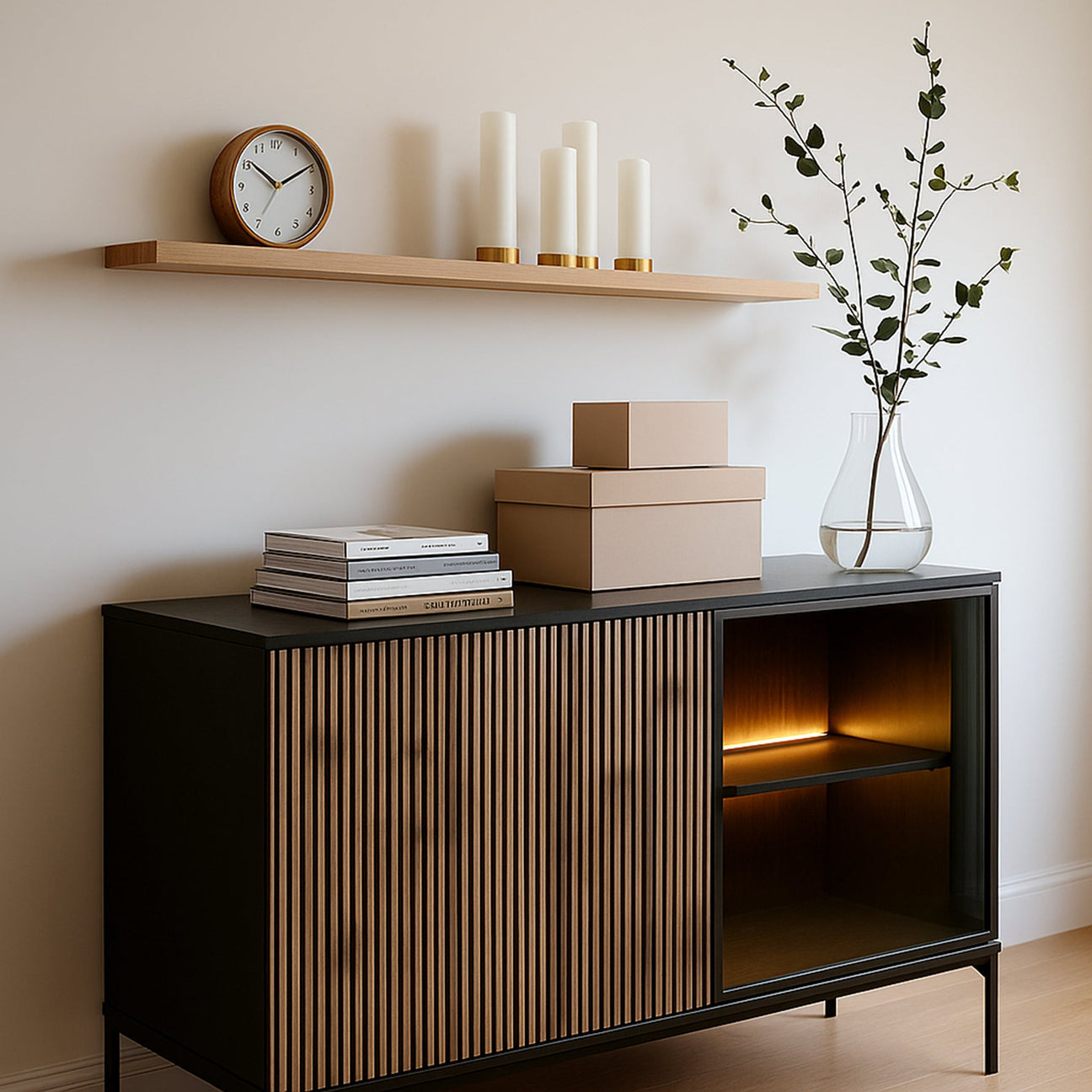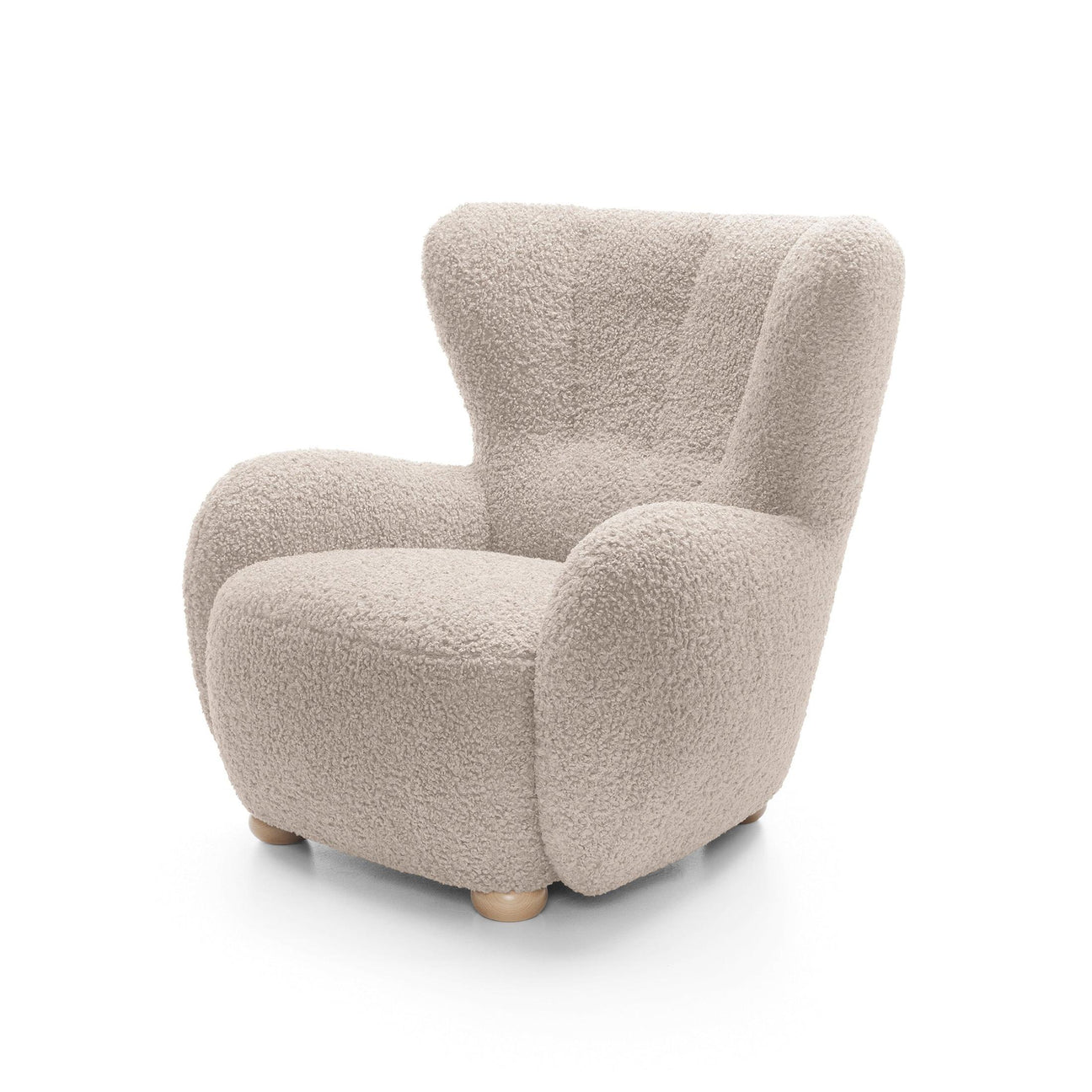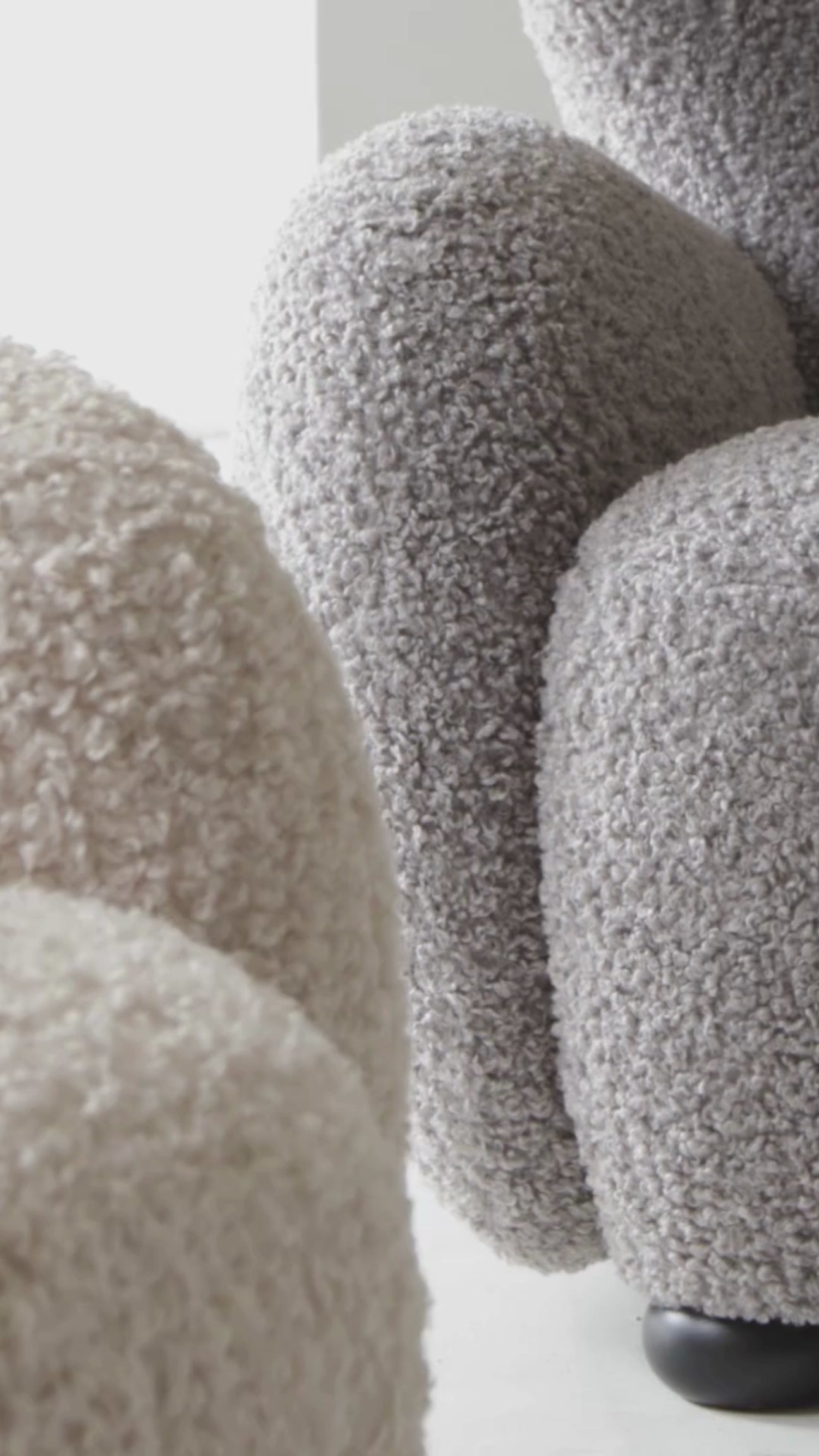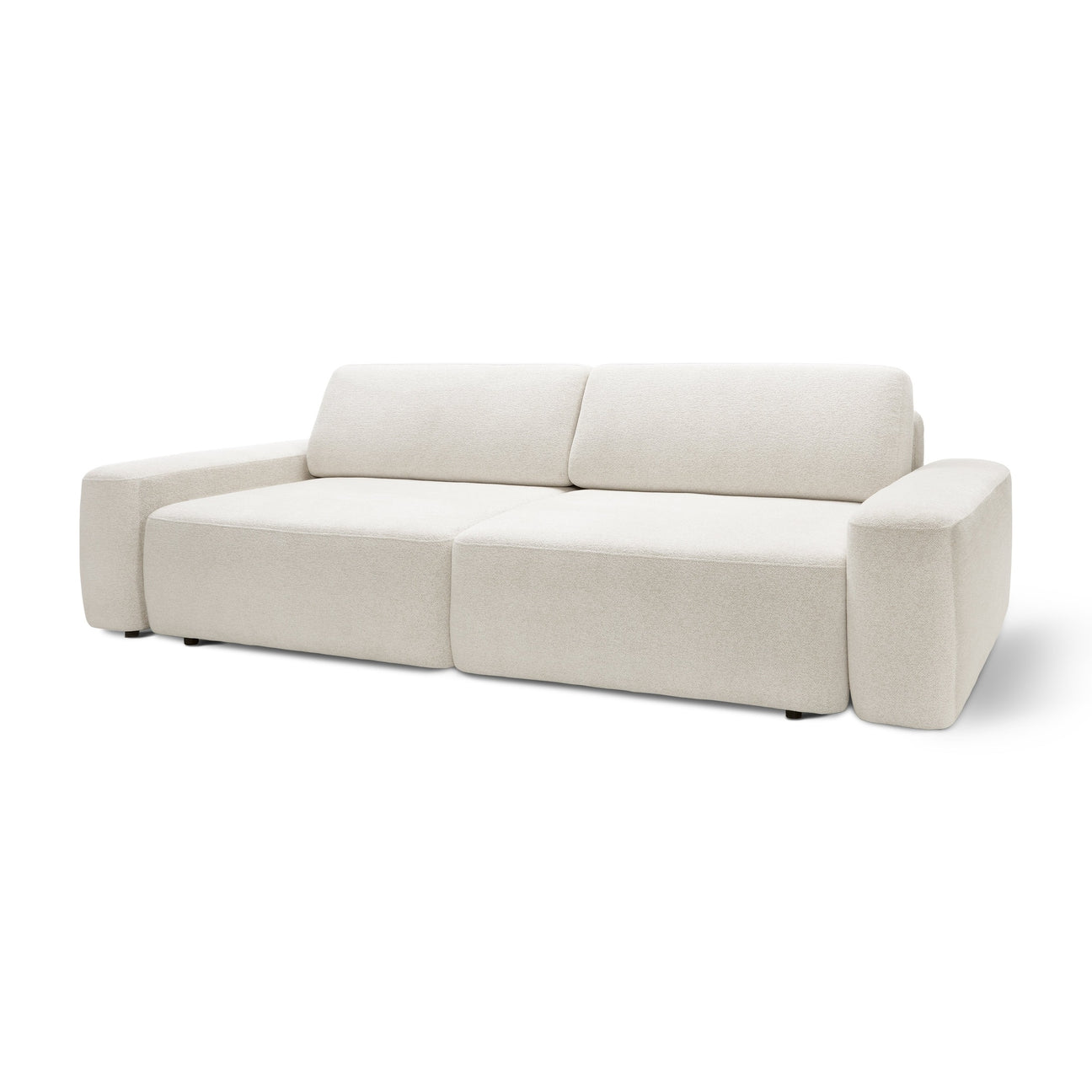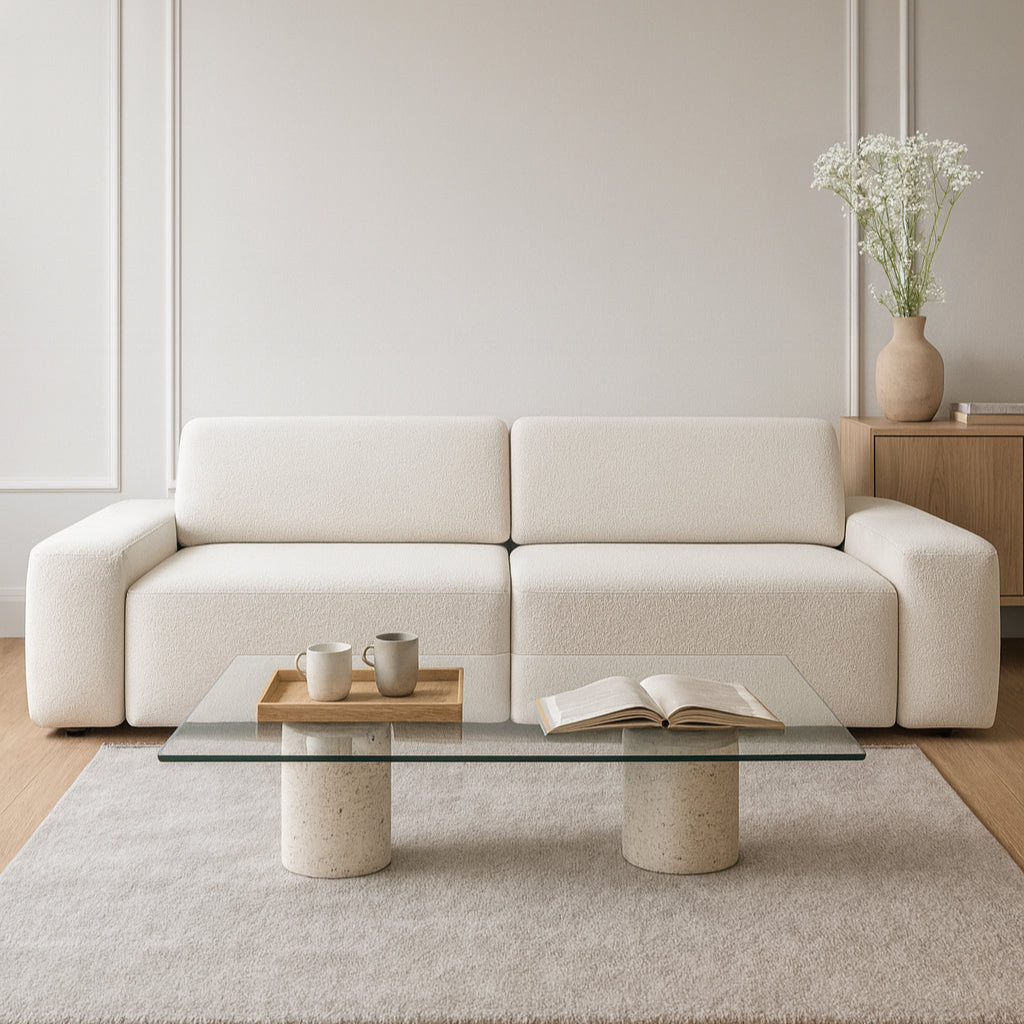Where wabi-sabi philosophy meets hygge. Natural materials, calming colors, and a space that breathes harmony between functionality and beauty.
Have you ever wondered what happens when the Japanese philosophy of "less is more" meets the Scandinavian "lagom"—the feeling that everything is just right? Japandi isn't just an interior design trend; it's a way of life that combines the best of both worlds—the Japanese wisdom of imperfection with the Nordic ability to create warmth in simplicity.
It's a style for those who seek peace in a chaotic world, who believe that true beauty lies in simplicity, and that luxury is space to breathe, time to reflect and surround yourself with things that truly matter.
At Pillovely, we understand that home is a sanctuary of peace. You are someone. You are valuable. And you deserve a space that won't overwhelm you with too many stimuli, but will allow you to find inner harmony and balance in your daily life.
The Philosophical Roots of Japandi – The Wisdom of Two Worlds
Japandi was created from the meeting of two profound philosophies of life that, despite their geographical distance, have surprisingly much in common.
Wabi-sabi – the Japanese art of finding beauty in imperfection, in transience, in the natural traces of time. It's a philosophy that teaches us to appreciate scratches in wood, asymmetry in ceramics, patina in metal. Everything that bears the marks of life has a unique story to tell.
Hygge – the Danish art of creating coziness and warmth in simple things. A candle is lit during dinner, a soft throw is thrown on the sofa, tea is sipped from a favorite mug. It's a philosophy that teaches us that happiness lies in small, everyday pleasures.
Lagom – the Swedish sense of moderation, of living in balance, without excess in any one direction. Not too much, not too little, but just enough.
These three philosophies come together in Japandi, creating a way of interior design that is both minimalist and warm, simple and profound.
Color palette – nature in its most peaceful shades
Japandi colors are primarily the natural palette of the Earth, but in its most delicate, calmest versions.
Warm beiges and creamy whites —the foundation of the palette—colors that evoke light wood, linen fabrics, and natural light streaming through windows. These are our favorite earthy tones in their purest form.
Grays like morning mist – from light, silvery shades to deeper, graphite grays. These colors add depth without overwhelming. They are calming, neutral, and allow other elements to shine through.
Moss and bamboo green – a delicate, natural green that brings life without dominating. This is our signature color in a muted, harmonious version that blends perfectly with the entire palette.
Warm browns – the colors of natural wood, clay, and earth. These shades add warmth and coziness, preventing the interior from becoming cold or sterile.
Black accents – used very sparingly, as elegant details that add contrast and depth to the entire composition.
Natural materials – truth in every detail
At Japandi, materials are as important as colors. They give the interior its authenticity, connect us with nature, and remind us of where we come from.
Wood in various shades – from light birch to oak to dark walnut. It's important that the wood has visible grain, with a natural texture. Each board has its own story, each grain telling the story of the years the tree grew.
Bamboo – a symbol of Japanese culture, but also a practical material with incredible properties. It grows quickly, is durable, and has a beautiful natural texture. Our Bamby modular sofa bed references this key Japandi material in its very name, combining functionality with a philosophy of sustainability.
Linen and cotton textiles – only natural fabrics, in natural colors. Linen ages beautifully, cotton is soft and practical. These materials breathe with us.
Ceramics and stone – often in natural, earthy tones. Perhaps rough Japanese-style ceramics? Or Scandinavian porcelain in simple forms?
Rattan and jute – natural fibers that add texture and warmth without overwhelming the space.

Furniture – functional beauty in its purest form
Japandi-style furniture is a true masterpiece of functional design. Every element has its purpose, every line has its justification.
Low furniture with straight lines
The Japanese tradition of living close to the earth meets the Scandinavian love of simplicity. Our offerings include:
The Dalia sofa – a minimalist design at an affordable price, perfect for those just starting their Japandi adventure. Its simple lines and choice of natural fabric colors make it a perfect fit for the "less is more" philosophy.
Lunaria Sofa or Kamelia Sofa – for larger spaces where minimalism meets comfort. Their modern design with a touch of simplicity perfectly captures the spirit of Japanese wabi-sabi aesthetics while offering Scandinavian comfort for relaxation.
Minimalist storage systems
Cabinets and shelving units that don't dominate the space but discreetly serve to organize. Everything has its place, but nothing is in plain sight.
Nirvana Collection – the name itself refers to the Zen philosophy and the search for inner peace:
-
Nirvana Chest of Drawers 154x77 – perfect for a bedroom or living room
-
Nirw a chest of drawers104x119 – a taller version for those who need more space
-
Nirwana TV cabinet 154x50 – a low, non-overwhelming form for a TV
Lamp Chest 104x83 – a minimalist design with clean lines that perfectly implements the Japanese concept of "ma" – appreciating emptiness and space between objects.
For more demanding customers, the Ballo collection offers modern solutions with subtle, milled details:
-
Ballo bookcase 108x121 – open storage system that allows for free arrangement
-
Ballo Chest of Drawers 108x75 or Ballo Chest of Drawers 160x75 – depending on your space needs
Armchairs – places of contemplation
The Tedi armchair , available in natural colors like light beige, dark beige, and green, is not just a piece of furniture but also a place for meditation, reading, and conscious rest. Its ergonomic design combines Scandinavian comfort with Japanese simplicity.
The July armchair – a more affordable option, available in a wide range of earthy tones: light beige, gray beige, olive green, mint, and dusty rose. Each of these shades perfectly fits the Japandi palette.
Personalization is yours, you create it yourself – furniture at Japandi doesn't have to be identical to what's in the catalogs. What matters is that it reflects your lifestyle, your needs, and your vision of functionality.

Space – the art of emptiness and harmony
In Japandi, the space between the furniture is as important as the furniture itself. It's the Japanese concept of "ma"—the appreciation of emptiness, silence, and room to breathe.
Don't fill every corner —let the space breathe. Every piece of furniture, every object, should have its place and its purpose. If something isn't needed or doesn't bring joy, maybe it shouldn't be in the home?
Open spaces – avoid unnecessary partitions and allow light and air to flow freely through the home. Japanese and Scandinavian homes are open, spacious, and full of light. Our modular sofas, like the Lily modular sofa bed , allow for flexible space configurations.
Natural light is the foundation of Japandi. Windows without heavy curtains, the ability to observe the changing light at different times of day. Light is a living element of the interior that changes with us.
Order as a form of respect – it's not about sterile perfection, but about consciously maintaining order. Everything has its place, every place has its function.
Plants – life in a minimalist space
Plants in Japandi are not decoration, but living elements that connect us with nature and remind us of the cycles of life.
Simple, architectural forms – sansevieria, zamioculcas, monstera. Plants with clear, geometric shapes that don't introduce chaos but add life.
Bonsai – the Japanese art of shaping miniature trees. It's not just a plant, but a meditative practice that teaches patience and respect for natural processes.
Potted bamboo – fast-growing, it symbolizes life, flexibility, and adaptability. It perfectly complements our Bamby Sofa, creating a cohesive whole.
Green walls or vertical gardening – perhaps a single wall covered with plants? This is a way to introduce a large amount of greenery without taking up floor space.
Greenery as an ecological approach to caring for the environment – a fundamental value of both Japanese and Scandinavian cultures. Plants purify the air, but air also purifies our souls.
Japanese Contribution – Wabi-sabi in Practice
The Japanese part of Japandi is primarily the philosophy of wabi-sabi – finding beauty in imperfection, in the natural aging process, in asymmetry.
Ceramics with imperfections —perhaps a bowl with a slightly irregular shape? Or a mug with visible traces of the potter's hand? These "defects" are not errors, but signs of authenticity.
Wood with a natural patina – not everything needs to be perfectly polished. Wood with visible knots, natural color, and texture is more beautiful than artificially smoothed wood. Our furniture from the Ballo and Nirwana collections celebrates the naturalness of the material.
Asymmetry in compositions – not everything has to be perfectly centered. Japanese aesthetics value natural asymmetry, which is more dynamic than rigid symmetry.
Seasonal changes – perhaps a few elements that you change depending on the season? In Japan, interiors live in harmony with nature, adapting to the changing seasons.
Scandinavian contribution – hygge and functionality
The Scandinavian part of Japandi is the ability to create coziness in minimalism, which may seem contradictory, but is completely natural for northerners.
Textiles that add warmth – perhaps a beautiful, soft throw on the sofa? Or linen cushion covers? Our sofas, with their choice of natural fabrics, allow you to create a cozy atmosphere without sacrificing minimalism.
Candles are a source of warmth —not only physical, but above all emotional. Scandinavians burn more candles than anyone else in the world—they know how important warm light is on long, dark evenings.
Functionality without compromise – every element must be not only beautiful but above all practical. This is the Scandinavian approach to design – beauty through functionality. Our sofa beds, like the July model and the modular Bamby and Lily, are perfect examples of this philosophy.
Quality over quantity – it's better to have a few excellent things than many mediocre ones. Scandinavians invest in quality because they know that good things last for years.
A Practical Introduction to Japandi in the Polish Home
You don't have to completely remodel your home to incorporate the Japandi philosophy. You can start small, gradually changing the way you think about space.
Start by organizing —not by cleaning, but by thinking about what you actually need. Marie Kondo, the Japanese organizing guru, is right—everything should "spark joy" or have a specific purpose. Our Nirwana collection of chests of drawers will help you with this process.
Introduce natural materials – perhaps start with linen pillowcases? Or bamboo kitchen accessories? Small changes can have a big impact on the ambiance of a room.
Pay attention to the lighting – avoid harsh white lights. Bring in more warm light, perhaps add a few candles? Light is one of the most important elements in creating atmosphere.
Add a single plant – you don't have to create a jungle all at once. One beautiful plant in a simple pot can completely transform the energy of a room.
Japandi in different rooms
Each room can have its own interpretation of Japandi, adapted to its function and character.
Japandi Bedroom
Minimal furniture, natural textiles, and warm colors. Our Pillov mattress can serve as the foundation – a natural mattress that perfectly complements the philosophy of low beds close to the ground, typical of the Japanese lifestyle.
Add a 54x57 Kviat nightstand in sand beige – its compact design won't overwhelm the space. You can also add a 104x78 Kviat dressing table as a minimalist spot for your morning beauty rituals.
The bedroom is a place of regeneration – it should be calm, quiet, and harmonious.

Living room
Open, spacious, and with room to breathe. The heart of the living room can be the July 2-seater or 3-seater sofa , depending on the size of the space.
For families, the July 2-seater sofa with sleeping function will be useful – a practical solution for guests that does not disturb the minimalist aesthetic.
The complement will be a July armchair in a harmonizing color and a low Nirwana TV cabinet , which will not dominate the wall.
Kitchen
Functional, yet warm. Wooden countertops, minimal items on display, perhaps bamboo accessories? A Japandi-style kitchen is organized, but not sterile. The Ballo collection of chests of drawers can serve as additional storage for dishes and kitchen accessories.
Bathroom
Like a Japanese spa. Natural materials, warm colors, perhaps wooden accents? The bathroom is a place of purification—not only for the body, but also for the mind.
Solving the problem of lack of time for yourself
Japandi is not just aesthetics, but a philosophy of life that can help solve modern problems, including the lack of time for yourself.
Less stuff = less cleaning – the fewer items you have, the less time you need to keep things organized. It's simple math, but it has profound implications for quality of life. Our storage systems help you maintain this balance.
Functionality = less frustration – when everything has its place and purpose, life becomes easier. You don't waste time searching for things, and you don't get frustrated by clutter. Modular sofas allow you to quickly reorganize your space according to your needs.
A calm interior = a calm mind – this isn't just a poetic statement. Research shows that an orderly, harmonious interior actually has a positive impact on our well-being and ability to concentrate.
Rituals instead of routine – Japandi encourages consciously experiencing everyday activities. Perhaps morning tea in the Tedi armchair will become a ritual, not just a drink? Perhaps evening arranging of things in the Nirvana Dresser will become a form of meditation?
Your Japanese space with Pillovely
Pillovely is a love for the warmth of home – and Japandi shows how warmth can be created through simplicity, harmony, and respect for natural materials. You are someone. You are valuable. And you deserve a space that reflects your inner harmony.
For those who want more, Japandi is a journey, not a destination. It's a way to live consciously, to build a relationship with space, to create a home that serves as a sanctuary of peace in a chaotic world.
Our favorite earthy and natural colors perfectly align with the Japandi philosophy—these are colors associated with nature, authenticity, and harmony. Combined with natural materials and thoughtful functionality, they create a space that is both beautiful and practical.
Treating furniture as history is particularly important in Japandi – every object in a Japandi interior has its own purpose, its own function, its own story. Nothing is accidental, everything has meaning.
The stories of people from different eras and generations demonstrate that simplicity and functionality are timeless values—from Japanese paper and wood houses to Scandinavian fishermen's huts. People have always known that true beauty lies in harmony with nature.
Does minimalism appeal to you, but does it feel too cold? What's your ideal balance between simplicity and coziness? Perhaps you already have some Japandi elements in your home? Perhaps you're considering the Dalia Sofa or the Tedi Armchair?
Share your thoughts with our community – let's show that a philosophy of life can be the foundation of a beautiful interior that inspires peace and harmony. Remember that at Pillovely, every piece of furniture is the beginning of a story you create.


